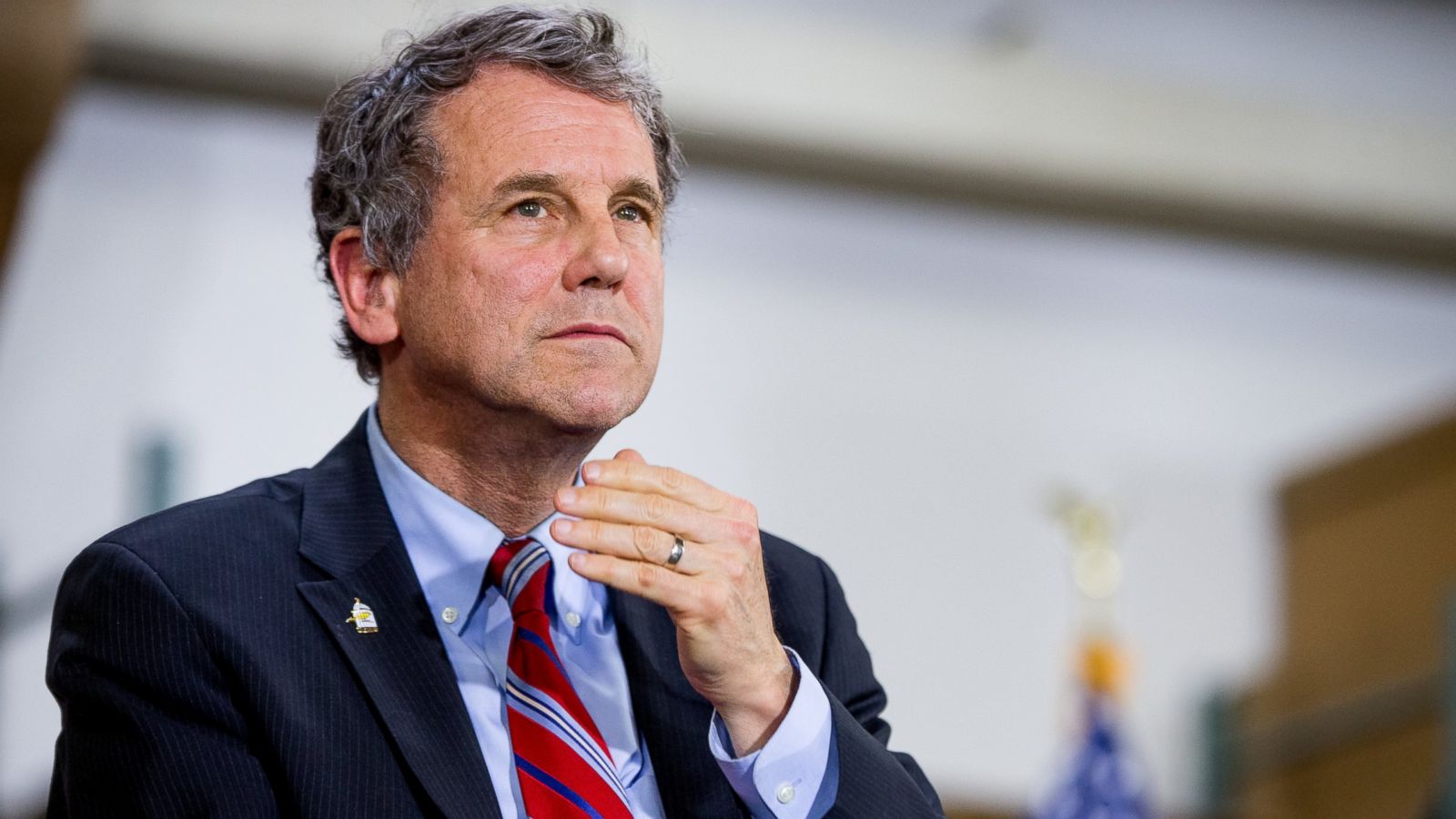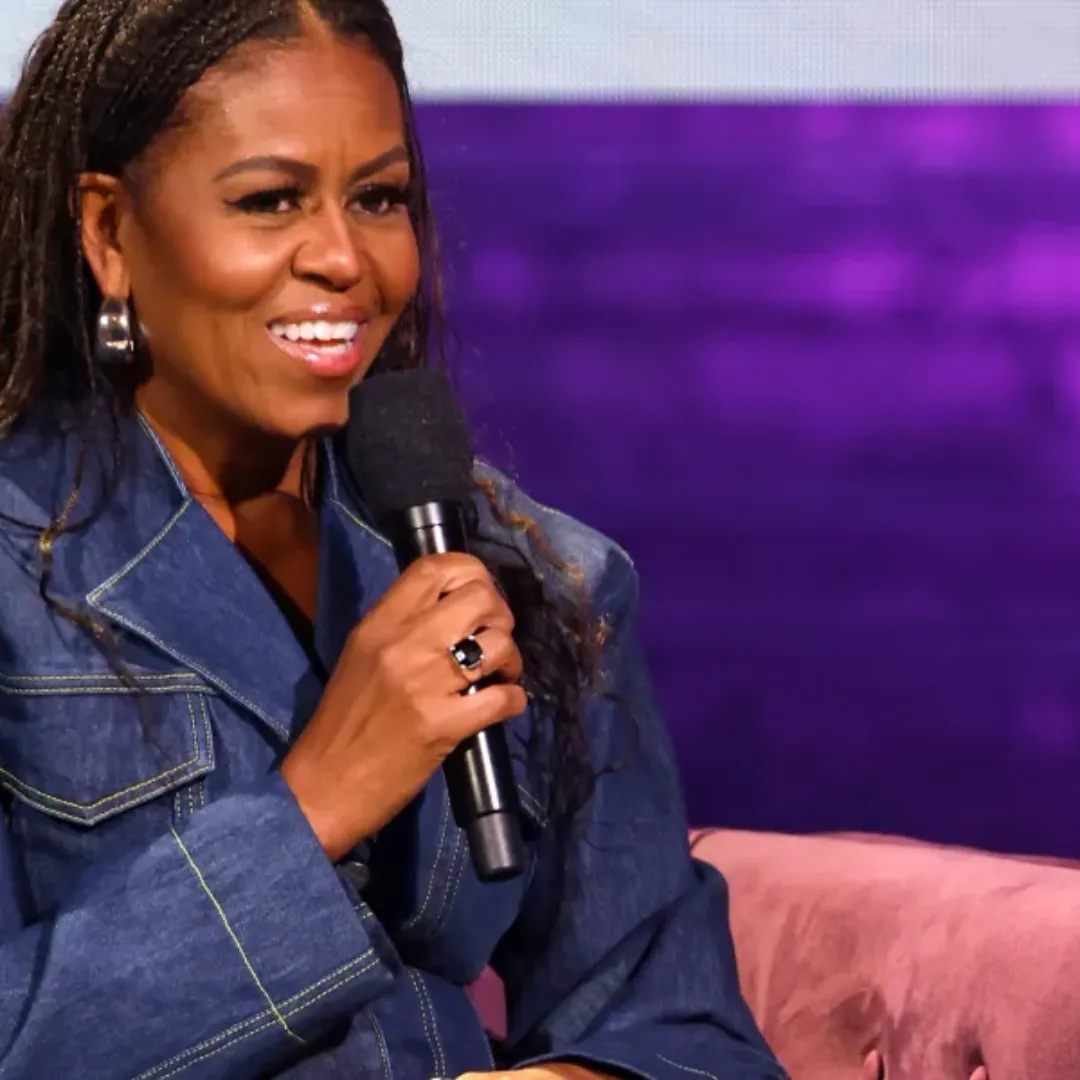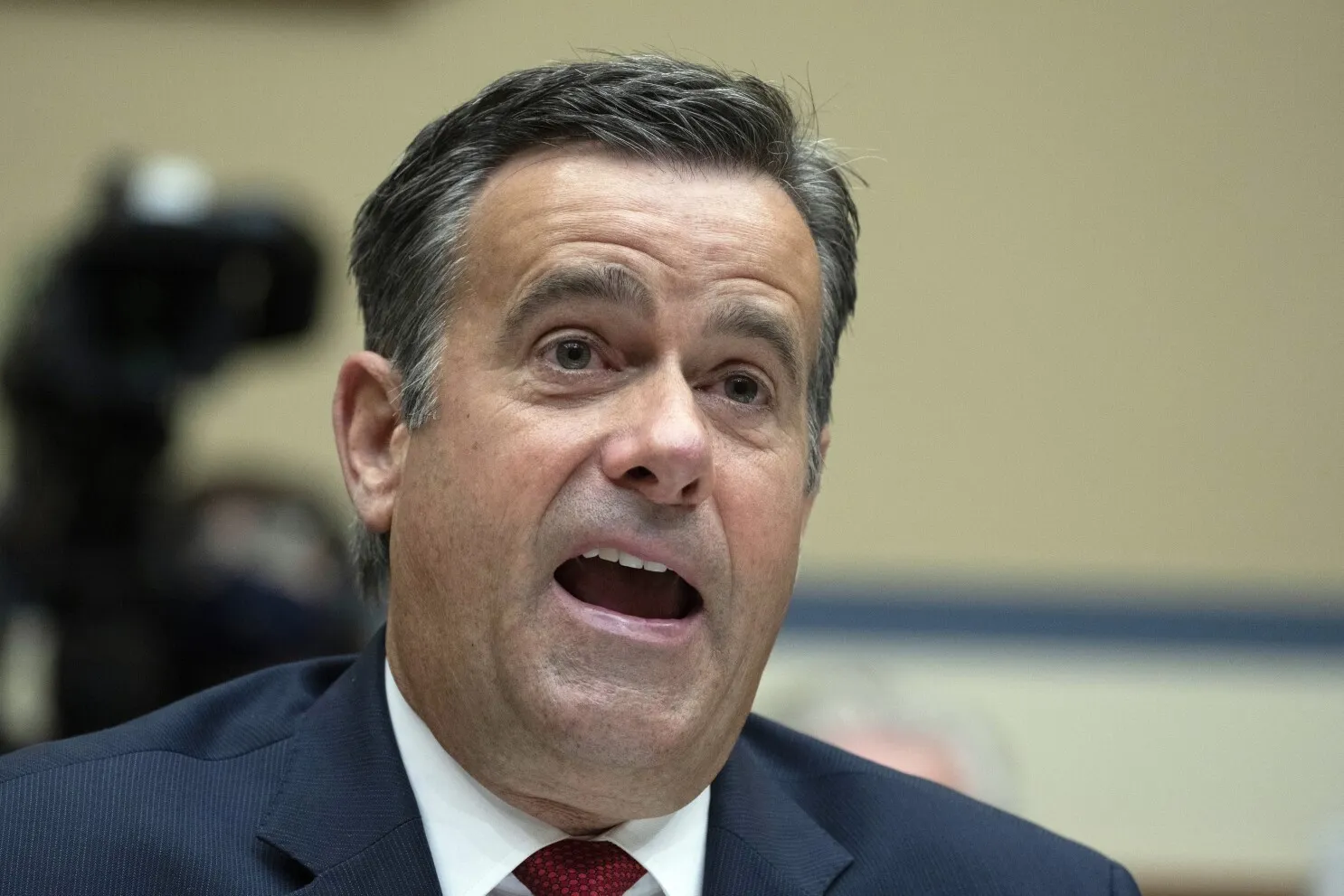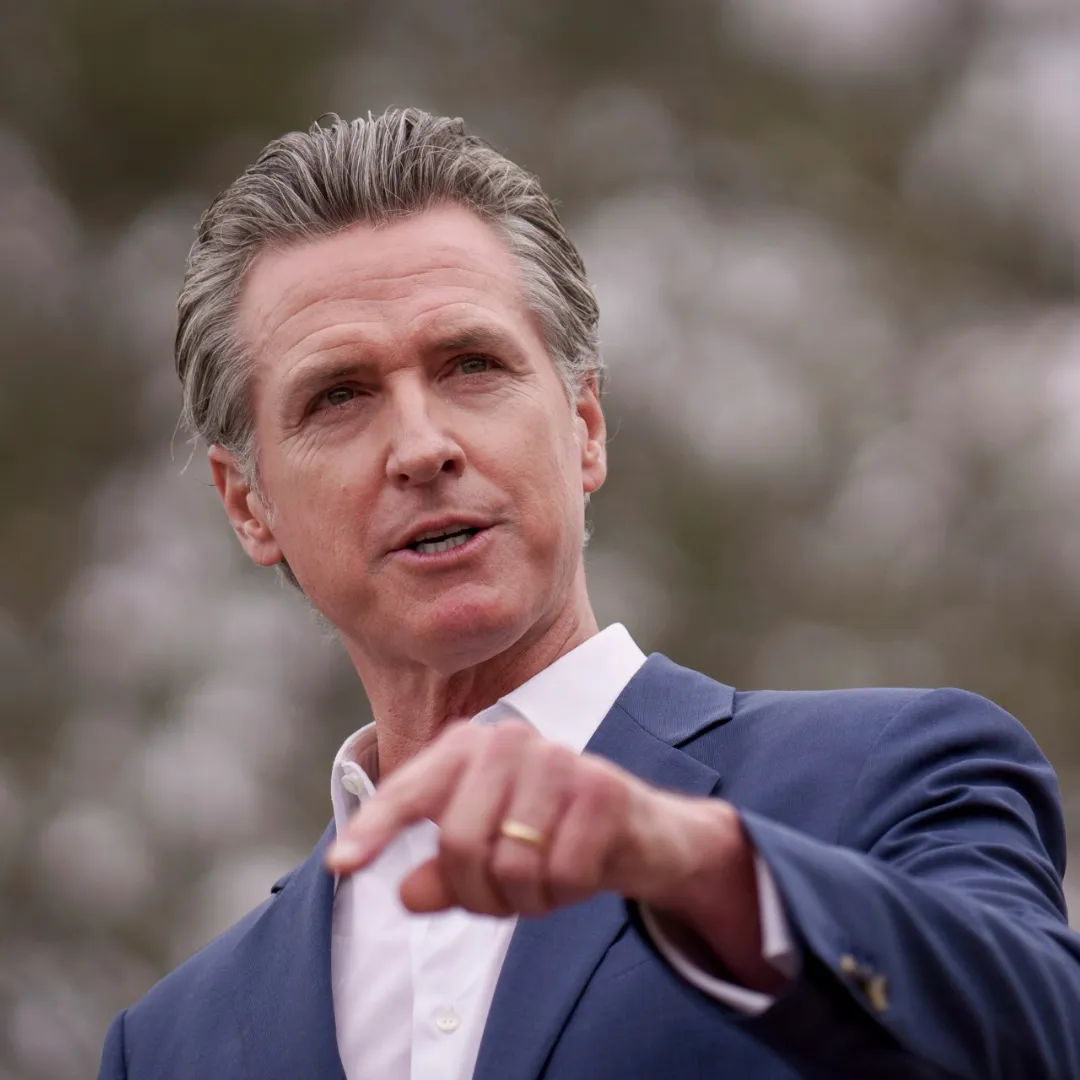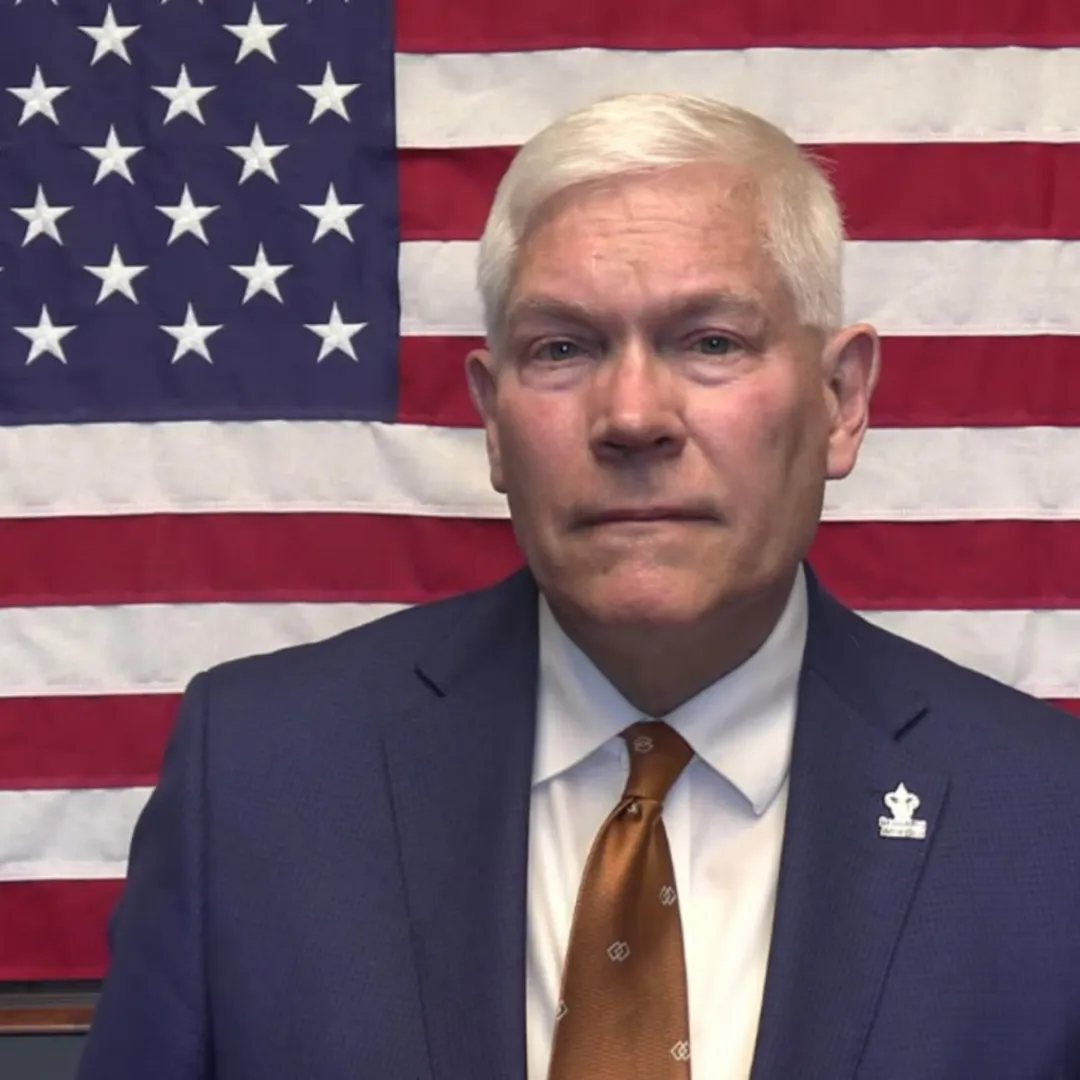
In the heartland of America, in a state once known as the bellwether of the nation’s political mood, all eyes are on a familiar face: former Senator Sherrod Brown. The Ohio Democrat, known for his rumpled suits, gravelly voice, and unwavering support for the working class, now finds himself at a crossroads—again.
After a narrow loss in 2024 to Republican newcomer Bernie Moreno, Brown has left open the possibility of stepping back into the political arena. Whether that means a Senate rematch or a gubernatorial bid remains to be seen.
But the clock is ticking. Ohio is changing—and fast.
Once a quintessential swing state, Ohio has leaned increasingly red over the last decade. Yet Brown, now 72, remains the last Democrat to have successfully navigated statewide politics in the Buckeye State in recent memory.
And with a special election looming to fill the remaining term of Vice President J.D. Vance, and an open governor’s seat up for grabs in 2026, the veteran lawmaker’s potential return is stirring excitement and speculation from Youngstown to Cincinnati.
Sherrod Brown isn’t just a name in Ohio politics—he’s a legacy. From the halls of Congress to the diner counters of working-class towns, Brown has long been a standard-bearer for populist Democratic values.
His campaign mantra, “Dignity of Work,” resonated with union workers, farmers, and middle-class families alike. It wasn’t slick. It wasn’t flashy. But it worked.
He won easily in 2006, comfortably in 2012, and again in 2018—even as Ohio veered further right. That made his 2024 loss all the more notable. Moreno’s victory—by a margin of 3.5 percentage points—signaled a sobering truth for Democrats: the path to victory in Ohio is no longer paved with old maps.
But even in defeat, Brown’s name carries weight. “Name recognition is a well-known commodity in Ohio,” said Democratic strategist Jeff Rusnak. “People know exactly who and what he is. He can raise money fast and build a campaign even faster.”
Indeed, Brown’s political infrastructure remains largely intact. And in the ever-shortening cycles of modern politics, infrastructure is everything.
Brown has been coy about his future. One week he tells Politico he’s not ruling anything out. The next, he tells CNN he might consider running for governor. And then, with a sigh, he tells The New York Times, “I really don’t know if I want to run for office again.”
It’s a kind of dance only seasoned politicians know how to perform—testing the waters without diving in.
A Senate bid seems the most natural path. The special election to fill Vance’s seat—temporarily held by former Lieutenant Governor Jon Husted—offers Brown a chance to reclaim his old post.
Husted, while a known figure in Ohio GOP politics, lacks top-ticket experience. His name recognition is nowhere near Brown’s, and he’s been dogged by whispers of a corruption scandal involving dark money donations—accusations he denies.
But Brown hasn’t ruled out the governor’s race either. With Mike DeWine term-limited and unable to run again, the field is wide open. One declared Democratic candidate is already in the mix: Amy Acton, Ohio’s former health director, who rose to statewide prominence during the COVID-19 pandemic.
Though less known nationally, Acton’s calm, science-driven leadership during the crisis earned her admiration from both Democrats and independents.
“She’s very popular,” said Rusnak. “She’s an outsider, which appeals to suburban voters and blue-collar families. But I’d be surprised if she and Brown ran against each other.”
Still, the hurdles are real. The state that once delivered victories to Barack Obama has steadily shifted into red territory.
GOP strategist Mark Weaver minced no words: “Brown has a color for his last name, and he has a deep-blue voting record in a deep-red state. This confusion of colors will keep him from being elected ever again.”
Weaver added that while Brown may find support from national groups eager to push back against Trump’s second term, that energy might only move the needle by a few points. And in a state like Ohio, a few points often isn’t enough.
Yet Democrats are quick to note that statewide races—even in this redder iteration of Ohio—remain competitive. Since 2018, all but one top-level race have been decided by single digits.
The only exception? DeWine’s 2022 reelection, where the popular governor won by a whopping 25 points.
In other words: don’t count out Ohio just yet.
If Brown bows out, another familiar name may take the stage—former Congressman Tim Ryan. Ryan, who lost to Vance in 2022 by six points, ran a spirited campaign fueled by grassroots enthusiasm and national fundraising.
He has already expressed interest in a political comeback in 2026.
Ryan, like Brown, champions working-class issues. But he brings a different tone—more pragmatic than populist, more centrist than ideological. In a post-Trump Ohio, that may offer Democrats a fighting chance.
Still, many in the party believe Brown remains their best shot at reclaiming statewide influence.
In the meantime, Brown isn’t fading into retirement. This month, he launched the Dignity of Work Institute, a nonprofit aimed at restoring the party’s connection to labor and working Americans.
The move, he says, isn’t about setting the stage for a campaign—it’s about fulfilling a lifelong mission.
“It is an electoral and a moral imperative,” Brown wrote in an op-ed for The New Republic. “To win the White House and governing majorities again, Democrats must reckon with how far our party has strayed from our New Deal roots.”
His critique is sharp: Democrats, he argues, have lost touch with the kitchen-table concerns of average Americans. And if the party hopes to counter Trumpism, it must reclaim its identity as the party of workers.
Sherrod Brown has always marched to his own beat—more rumble than roar, more working boots than polished podium. His brand of populism is old-school, and in a political age of polarization, it may be exactly what Democrats need—or a relic of a bygone era.
Whether he steps forward again will shape not only Ohio’s political landscape but perhaps set the tone for how Democrats engage with working-class voters nationwide.
